[Translated][Interview] A Story of Passion and Perseverance: Kang Min Woo’s Journey in Ballet from Local to Global
2025-08-12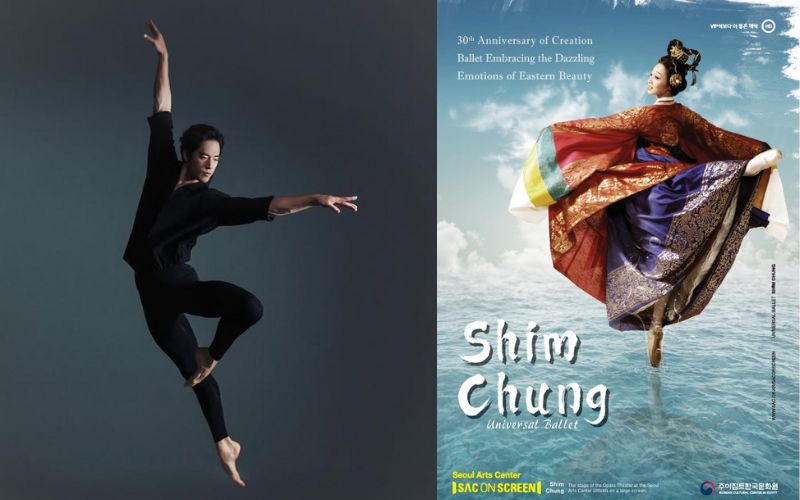
(Photos from the official Facebook page of the Korean Cultural Center in Egypt, Kang Min Woo)
Kang Min Woo is a Korean ballet dancer who has spent over 17 years with the Universal Ballet Company, rising through the ranks to become its principal dancer. From a young age, he navigated various stages in his artistic journey, building a career marked by dedication and growth.
Over the years, he has taken on a wide range of roles in productions both in Korea and abroad, earning multiple awards for his performances. His repertoire includes classics such as The Nutcracker, Swan Lake, Romeo and Juliet, and others.
As part of its commitment to cultural and artistic programming, the Korean Cultural Center in Egypt launched the “SAC ON SCREEN” series on May 22. Running monthly until November, the program features recorded Korean performances, from plays and opera to ballet. On August 8, Shim Chung was screened at the KCC, drawing an audience of Korean art and culture enthusiasts.
An interview was conducted with Kang Min Woo to discuss his artistic journey with Universal Ballet and his views on art.
The interview was conducted via Instagram from July 25 to August 10. The following are excerpts from it.
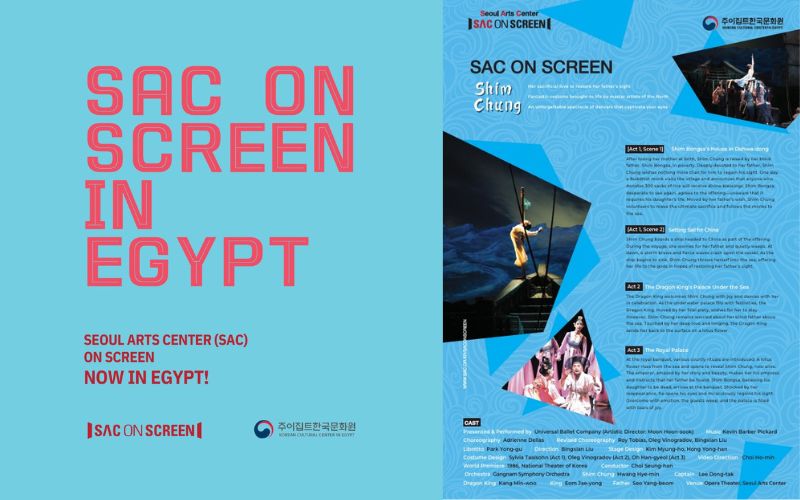
Hello, could you tell us more about your early beginnings as a ballet dancer and the motivation that led you to pursue this art form? Also, how did the time you spent studying abroad affect your personality and artistic style?
Honestly, the decision wasn’t really mine; it was more my parents’. When I was nine, we moved to a new neighborhood, and my mother happened to see an ad for a ballet academy in a building nearby. Without thinking twice, she signed me up. I was a quiet, introverted kid, so I just went along with it, showed up to class, followed the rules, and did what I was told. But I still remember the feeling I got watching the movements match the music so perfectly, and the joy of being able to perform them myself.
Back then, it wasn’t common for an elementary school boy to take ballet, so I ended up being the only boy in a class full of girls. It didn’t bother me; if anything, it made me work even harder. I pushed myself to lift my legs higher, hold my poses longer. By the time I reached middle school, my abilities started to get noticed.
In high school, I had the chance to study at the Kirov Academy of Ballet in Washington. The culture and environment there were completely new to me, but it was the only school in the U.S. teaching Russian ballet, and its instructors were actual members of the Kirov Ballet (now the Mariinsky Ballet). Looking back, the training I received there really became the foundation of my career.
I was able to study at the Kirov thanks to Julia Moon, the director of Universal Ballet. She believed in me from my high school days, and still does even now. Her faith has shaped my path in more ways than I can count, and I’ll always be deeply grateful for that.
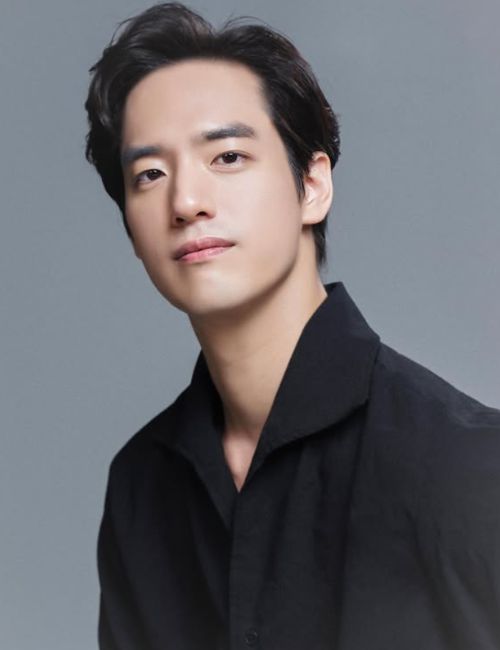
Since you have been a part of the Universal Ballet team for more than 17 years, could you describe this experience and the growth of your role with them over the years? What challenges did you face while working there, and what rewards did this experience bring you?
I joined the company straight out of high school in the U.S. back in 2008. I was only 19, which was quite unusual at the time; most dancers enter a company after finishing university, usually around 23 or 24. For several years, I was the youngest member there. It wasn’t unbearably hard, but I did feel a bit isolated without peers my own age. These days, things are different; it’s now fairly common for dancers to join companies right after high school.
In 2017, a full decade after I joined the company, I was promoted to principal dancer. I worked my way up step by step, each role presenting its own set of challenges. As, at 180 cm, I’m neither short nor especially tall, and my build was on the slimmer side when I began. To balance that out, I pushed myself in training and added weightlifting to my routine.
Like most dancers, I’ve had my share of injuries over the years: torn ankles, knee issues, even broken fingers. But until recently, I’d never had to take an extended break from performing. That changed this year. In March, I suffered a serious knee injury, and by April, I was in surgery. The recovery will take somewhere between six to nine months. I hope to be back on stage next year, ready to meet the audience again with the same passion as before.
You played two roles at Shim Chung Ballet as the captain and the sea dragon king. How did you prepare for this role, and what does this ballet show represent to you? Also, what is the closest role to you among the ones you played in general?
For the SAC ON SCREEN recording, I performed as both the Captain and the Sea King. But back in 2023, during the company’s live run of Shim Chung, I took on three roles: Captain, Sea King, and King.
Each role had its own character and demands, so preparing for all three took extra time and focus, especially since I had to work closely with three different partners. Of course, I didn’t perform all three in the same show, but with a month of rehearsals followed by two weeks of performances, it was an intense and busy period.
Looking back, I’m proud to have met that challenge and performed each role successfully. I’d love the chance to revisit them one day, hopefully with even more skill and depth.
Shim Chung is especially close to my heart, as it was my second lead role after The Nutcracker in 2012. I first played it in 2013, and the Sea King role was particularly tough to prepare for, with movements that were complex and physically demanding. At first, I could barely manage them, but over time I grew into the role.
Since then, I’ve performed the Sea King many times, most recently in 2023. I can see how much I’ve grown, not just physically but also in how I express the character, and that sense of artistic maturity is deeply satisfying.
Every role I’ve danced means something to me, whether it was a principal part or a supporting one, because I’ve always brought a piece of myself to it. But the role closest to my heart is Solor in La Bayadère, a fierce warrior I find fascinating. I hope I’ll get to play his role again before I retire.
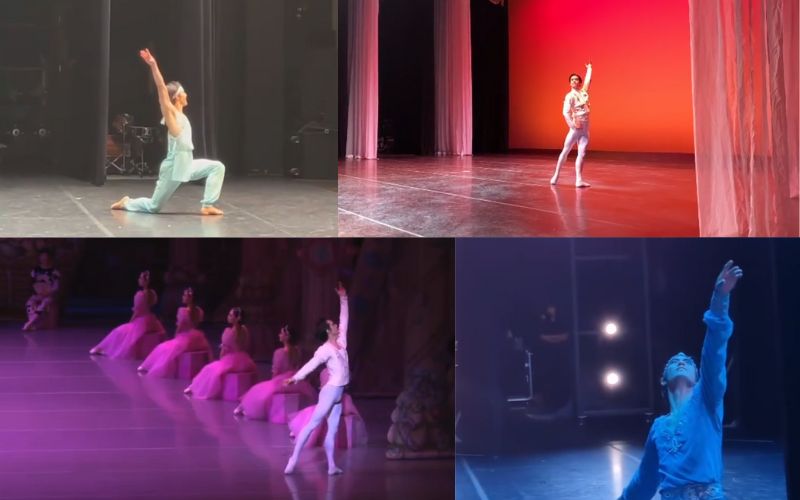
Do you think that screening the ballet shows on the screen, like in the SAC ON SCREEN program, can convey the same feelings as the live performances? And what was special about the filming process of it? Are there any memorable moments?
It was a long time ago, so I don't remember much, but I do remember how strange it felt to perform in front of a huge number of cameras instead of an audience. However, since the COVID-19 pandemic, recorded performances without an audience have become common, so I think I've gotten used to it a bit now.
But back then, it was very new and strange, and it felt odd that there was no applause after the show.
It was more like a rehearsal than a finale, but I tried as much as I could to make it like a live performance and avoid too many retakes during filming. Despite all that, I'm proud of what we did and think we did a good job.
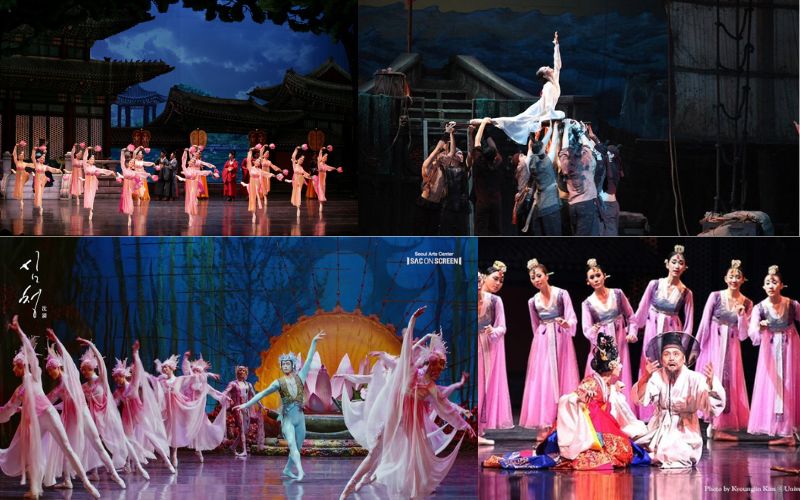
What was the international audience's feedback on your live abroad performances or the recoded ones, especially on the Shim Chung ballet? Is there any particular comment or feedback that you remember?
Shim Chung is an authentic Korean work in its themes, sets, costumes, and all its elements, and it has been widely acclaimed throughout its performances around the world. I believe it is a masterpiece and deserves to be performed on stages worldwide. Audiences' reactions have always been positive and enthusiastic, making me proud that it has received the admiration and deserved appreciation both locally and internationally.
Since Shim Chung premiered in 1986, next year will mark the 40th anniversary of its premiere. If a show can retain the love and appreciation of audiences over all these years, it deserves to be considered a masterpiece and a classic. In my opinion, Shim Chung's ballet has indeed achieved this and will be remembered for a long time as an important classic.
I hope Egyptian audiences felt these emotions when they watched the show during SAC ON SCREEN program.
In your opinion, how can art merge between the traditional and the modern elements to preserve history? And how can it connect the different cultures?
I think imagination is the essence of art; we have to stick to imagination and always create new things. Innovations do not always have to be great and revolutionary, but what is important is to continue to fantasize and innovate. I think that if we preserve the classics, respect them, and combine them with innovations to create inspiring works for the audience, then the boundaries between art and life will disappear, and life itself will become art.
There is a common expression in the Korean language that I like very much, "예술이네", meaning it is art, people use this expression when they see beautiful scenery or when they have amazing experiences, they even use it when eating delicious food, and this indicates that art is part of our daily life even in the smallest and simplest details.
What is your philosophy of art? How has your perception of ballet changed over the years, especially as you are a principal dancer now?
I didn't choose to exist in that life, but since I have been, my life has become a series of choices. Whether I choose those choices for myself or others choose for me, human life remains a circle of choices from birth to death.
I chose ballet, stuck to it despite complicated financial circumstances, went on a scholarship to America, and joined the company before entering University. All of that was my choice, until the last injury, although I didn't choose it, but it is the result of the life path I have taken, and I will choose how to deal with it and the path that will bring me back to the stage.
As for ballet, I believe that it is an art of the moment, and that is what makes it unique. Although I was able to communicate with the Egyptian audience through SAC ON SCREEN, I hope that I will be invited to perform live in Egypt soon.
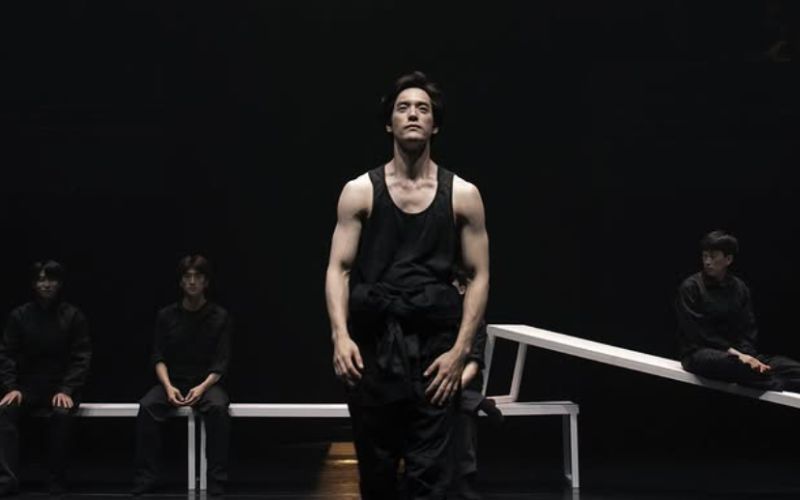
Do you have a special life and training routine? How do you prepare and practice for your performances on stage?
The lead role comes with tremendous responsibilities. I have to be alert and prepared from the beginning of the performance until the curtain falls. In the past, I used to practice many rituals and had a specific routine before going on stage. But recently, I've decided to be completely myself and consider the day of the performance like any other. This gives my performance a unique and seamless feel.
However, I still adhere to some rituals, such as: putting on pants starting with the right foot, putting on shoes starting with the left foot, wearing the same training clothes from the previous evening when rehearsing the morning of the show after washing them, sewing ballet shoes with black thread, and praying in the middle of the stage before the show begins. I think I still have many rituals, considering everything I've said.
Coffee is also an essential part of my daily routine. I roast and grind different types of coffee beans to make coffee by hand. I always make sure to drink coffee every morning, as I don't like alcohol.
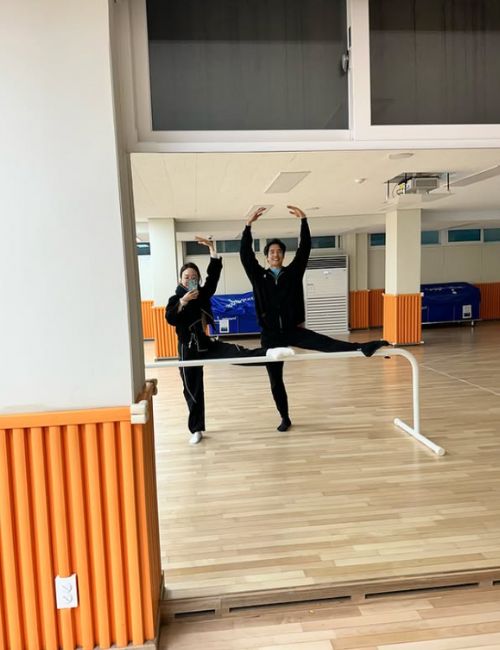
What are your upcoming plans?
I’ve had the privilege of performing every leading role in the Universal Ballet’s repertoire, and I had always planned to retire gracefully in my early forties, keeping my body strong and healthy until then. But in March of this year, an unexpected knee injury changed everything, making it difficult to return to the stage at just 35.
Still, thanks to the unwavering support of my family and my friends in the ballet company, I’m focused on my recovery. My goal is to be back on stage in 2026, as a way of expressing my gratitude to everyone who has stood by me and believed in me.
Kang Min Woo's journey reminds us of the importance of passion and determination to success. He has overcome many obstacles and continues to challenge himself out of his love for art and his desire to present Korean art in the best possible way.
Keywords:
Shim Chung Ballet, Sac On Screen, Kang Min Woo, Universal Ballet, KCC in Egypt, Korea Net, Republic of Korea
How about this article?
- Like2
- Support0
- Amazing0
- Sad0
- Curious0
- Insightful0


